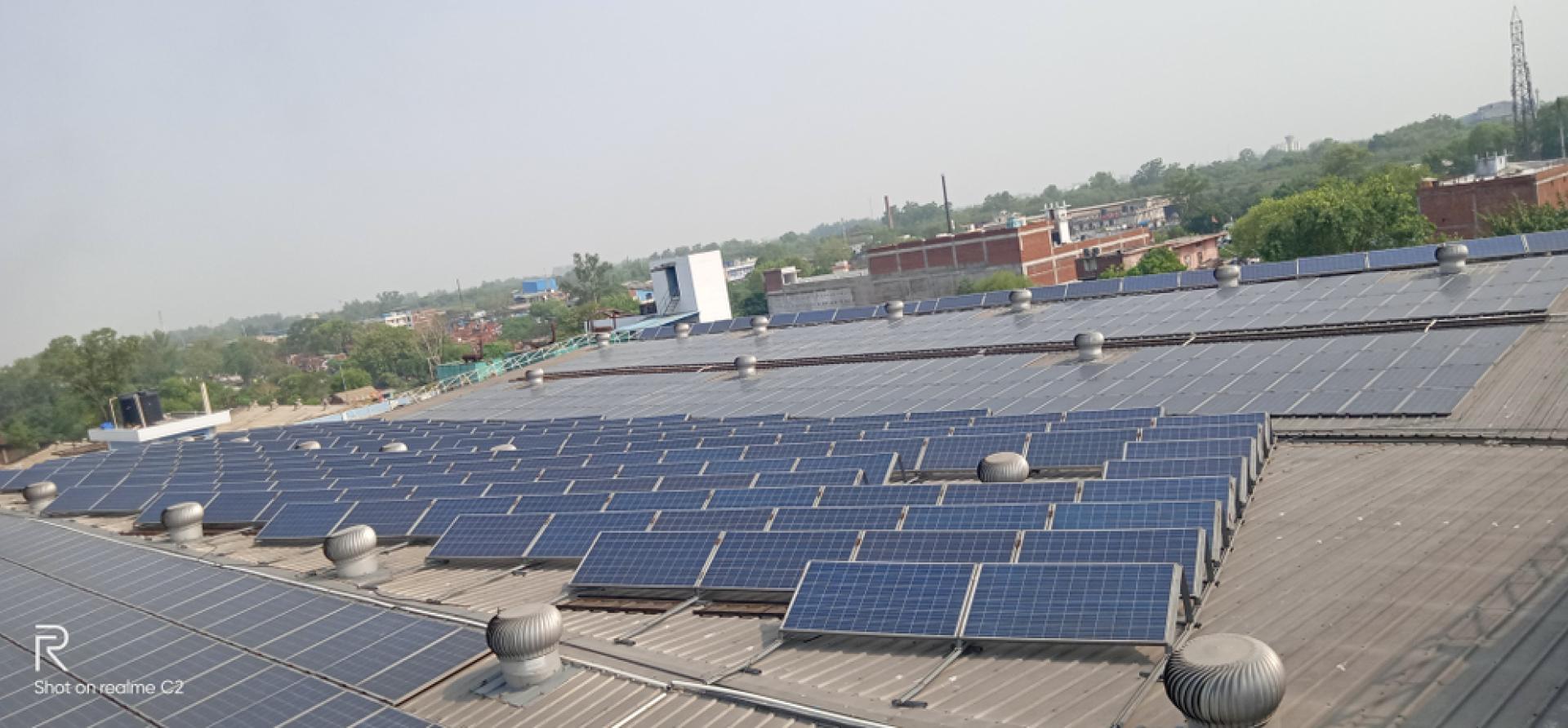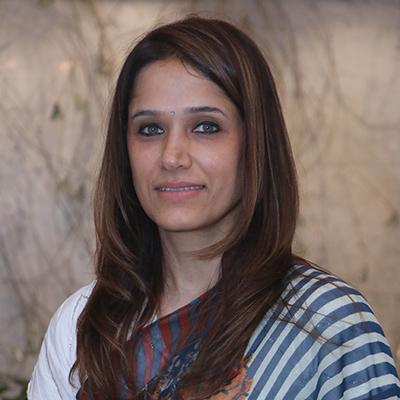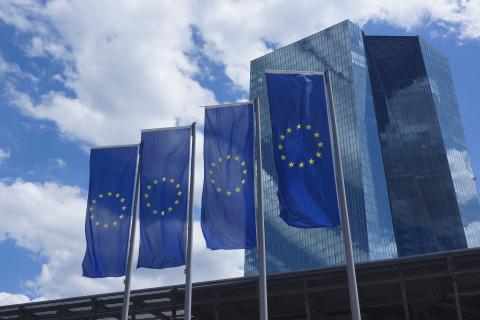Solar rooftop in India shifting gears: From laggard to leader

Key Findings
While solar power has been the major contributor to India’s renewable energy growth story, utility-scale projects have led the growth. As of December 2023, the solar rooftop capacity was just 11GW or 14.5% of the total installed solar capacity.
The announcement of the Suryodaya scheme is a welcome step that will provide 300 units of electricity free of charge every month through solar rooftops to 1 crore, i.e., 10 million households. It would translate to setting up almost 30GW of solar rooftop capacity for a 3 kilowatt (kW) system.
While solar rooftop has been a laggard, but given the challenges that utility-scale solar faces with land procurement and transmission issues, solar rooftop can play a big role in meeting India’s energy needs and renewable energy targets.
India’s share of renewable energy capacity has risen significantly over the years – including large hydro, it is 42% of the total installed capacity as on 31 January 2024 and 17% of total electricity generation in December 2023. Yet, in 2023, renewable energy growth slowed down. Total renewables capacity additions fell by 20.3% to 13 gigawatts (GW) in 2023 from 16GW in 2022, far lower than the annual installations required to achieve the 500GW non-fossil fuel capacity by 2030.
While solar power has been the major contributor to India’s renewable energy growth story, utility-scale projects have led the growth. As of December 2023, the solar rooftop capacity was just 11GW or 14.5% of the total installed solar capacity.
As part of India’s overarching National Solar Mission, the government envisioned the installation of 100GW of solar capacity by 2022. Out of this, 40GW was to come from solar rooftops. However, solar rooftop adoption has been abysmally low, especially by residential consumers.
Several major roadblocks are hindering the growth of the solar rooftop market in India. These include policy and regulatory issues, such as inconsistent net metering policies, green open access rules, imposition of duties, access and timely disbursement of subsidies and financing, which continues to be a major challenge for the solar rooftop market.
The Ministry of New and Renewable Energy launched a national portal on 30 July 2022. The portal acts as an e-marketplace where consumers, vendors and representatives of banks providing loans can interact. It also serves as an educational and awareness-raising space for consumers. Since the portal’s launch, the process has been streamlined and has helped more solar rooftop adoption. Further, the government’s announcement of specific distributed renewable energy obligations by electricity distribution companies (DISCOMs) will drive more adoption of solar rooftops.
For residential consumers, the announcement of the Suryodaya scheme by Prime Minister Narendra Modi is a welcome step that will provide 300 units of electricity free of charge every month through solar rooftops to 1 crore, i.e., 10 million households. It would translate to setting up almost 30GW of solar rooftop capacity for a 3 kilowatt (kW) system. Although big renewable energy service companies (RESCOs) like NTPC, NHPC, Powergrid, Solar Energy Corporation of India (SECI), etc., have been given the responsibility to carry out this scheme, they may still face strong resistance from DISCOMs.
Moreover, the transaction costs for the big players would be high as managing one crore power purchase agreements (PPAs) will be challenging. Also, unless the power supply is round the clock, individual customers will have to stack energy, which will be a nightmare for DISCOMs, who have to manage the balance supply.
While solar rooftop has been a laggard, but given the challenges that utility-scale solar faces with land procurement and transmission issues, solar rooftop can play a big role in meeting India’s energy needs and renewable energy targets. The government’s announcement of new schemes and infusion of capital will give a fillip and help India transform from a laggard to a leader in solar rooftop adoption.
(This article was first published by SolarQuarter)











